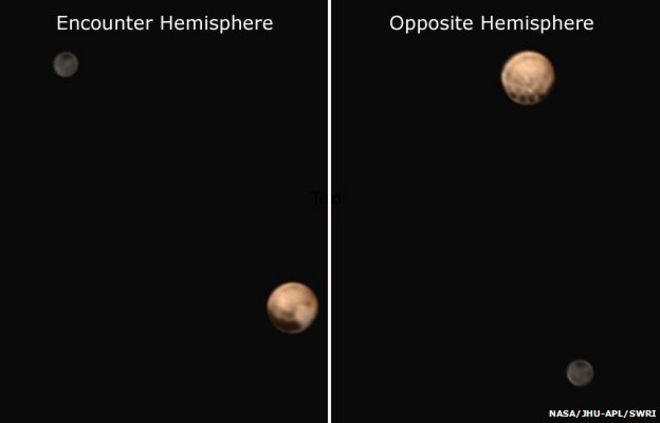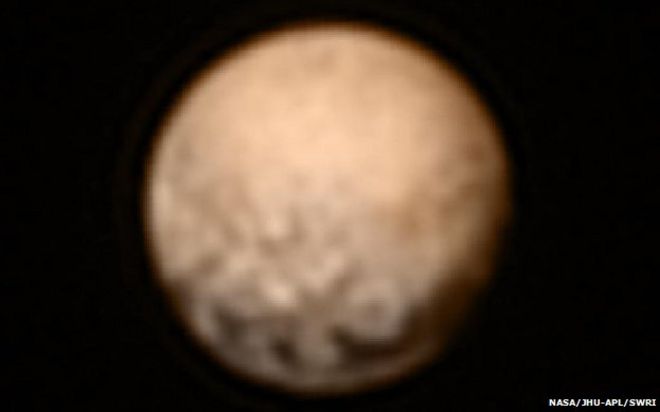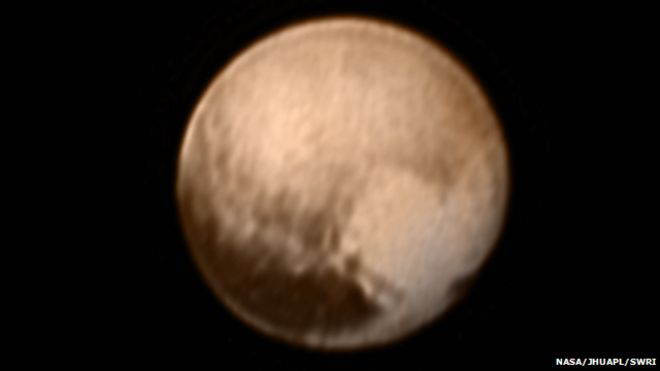Was looking up information on this previously, as it'll be exciting to finally see proper colour photographs of Pluto, despite it's demotion to dwarf planet a few years ago - in the meantime, the BBC has an introductory piece today about the New Horizons mission:
http://www.bbc.co.uk/news/science-environment-30954673
Will be also interesting to see images of Charon, and possibly other Kuiper Belt objects - normally these missions lead to surprises.
http://www.bbc.co.uk/news/science-environment-30954673
Will be also interesting to see images of Charon, and possibly other Kuiper Belt objects - normally these missions lead to surprises.





